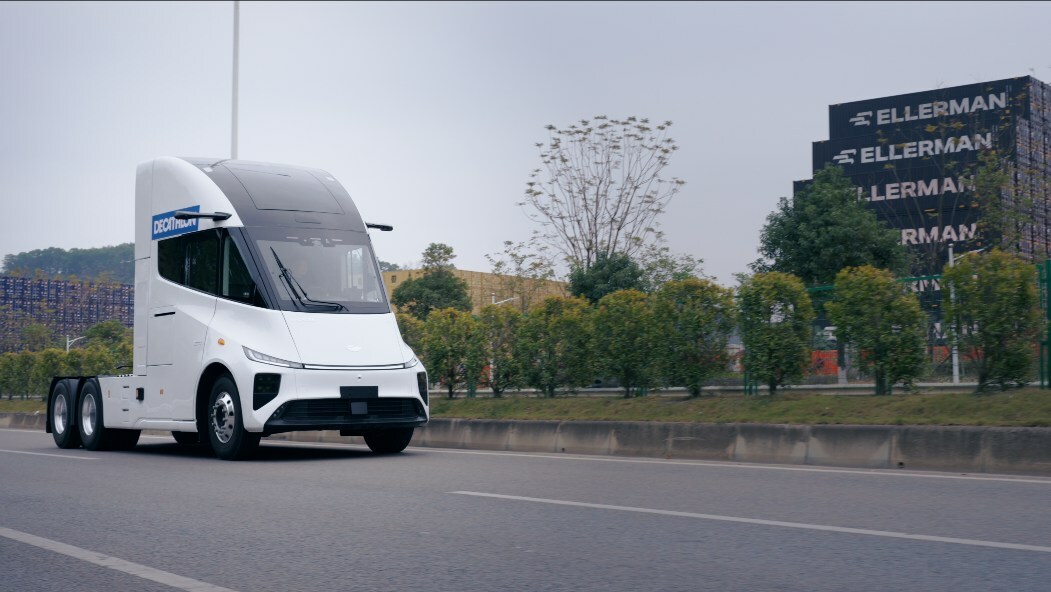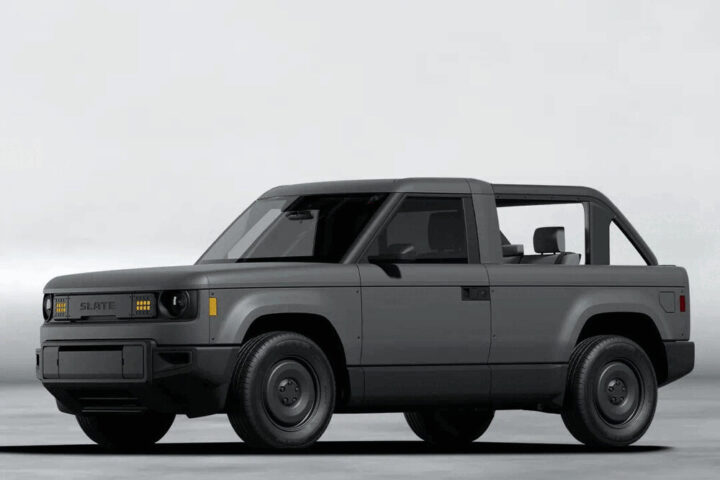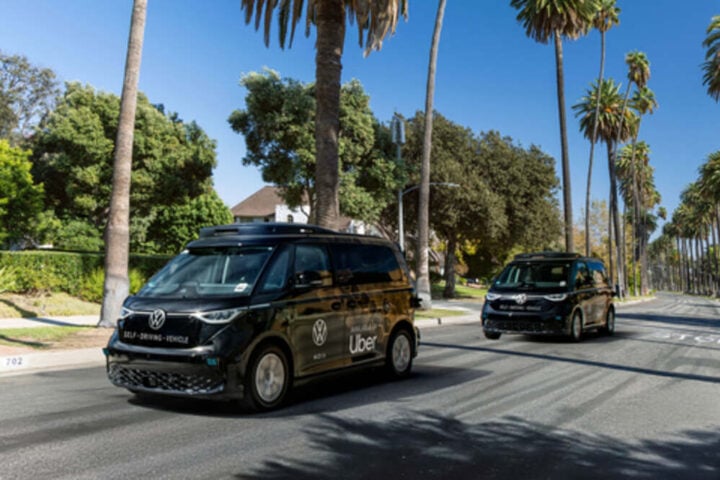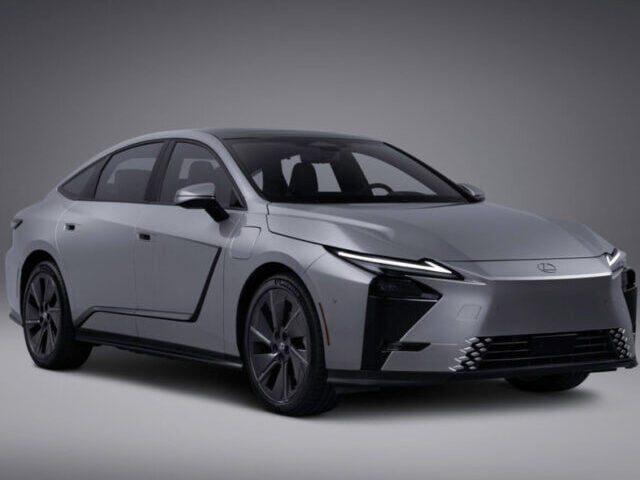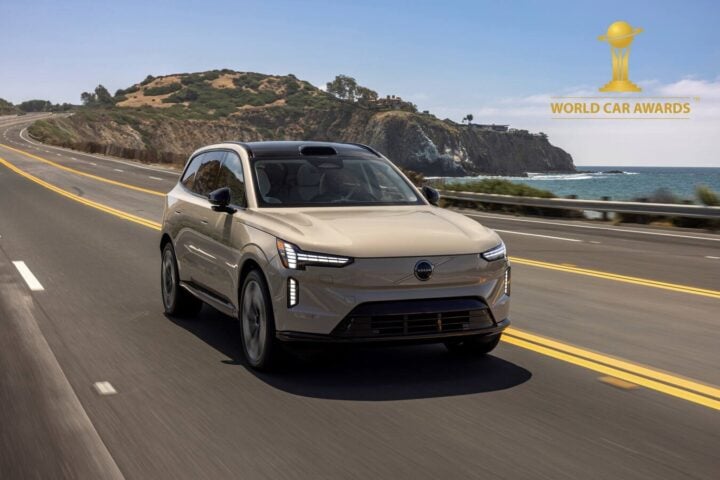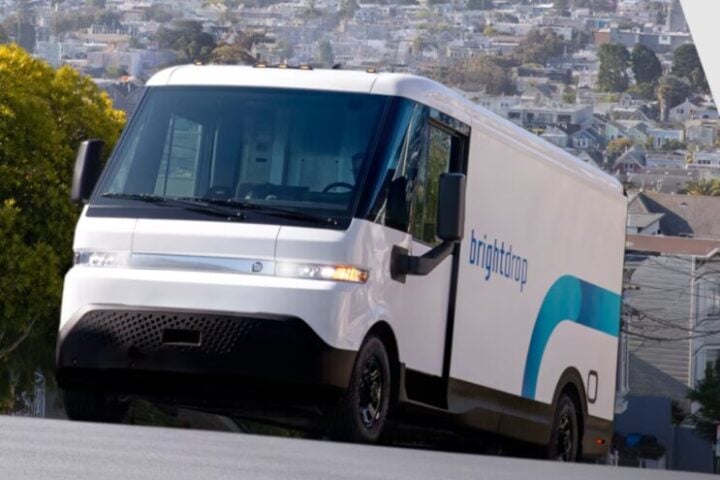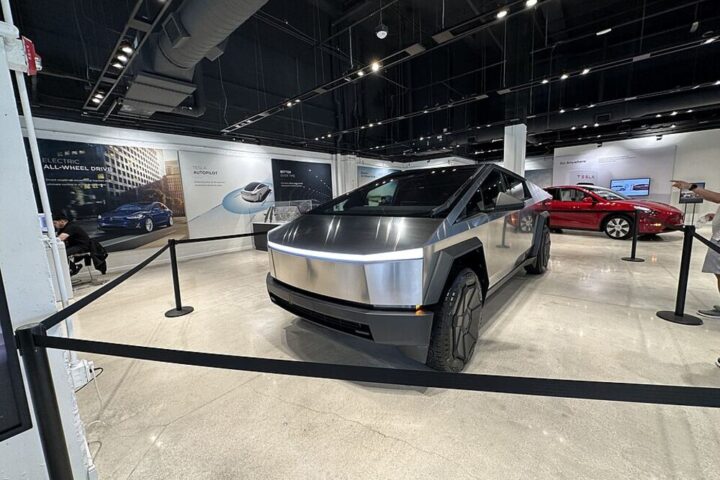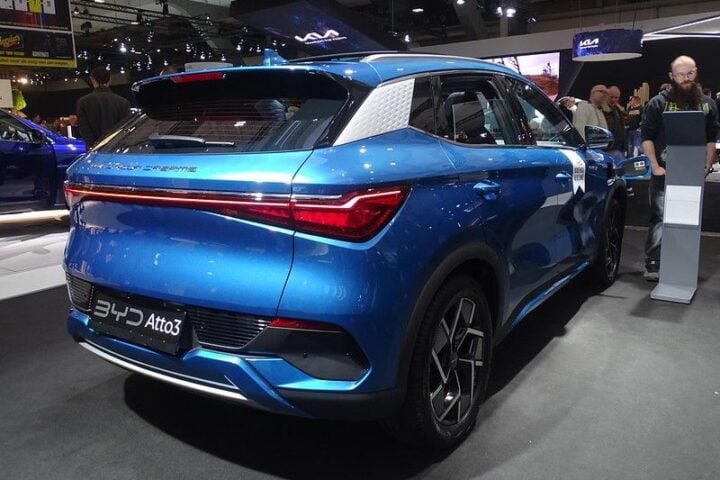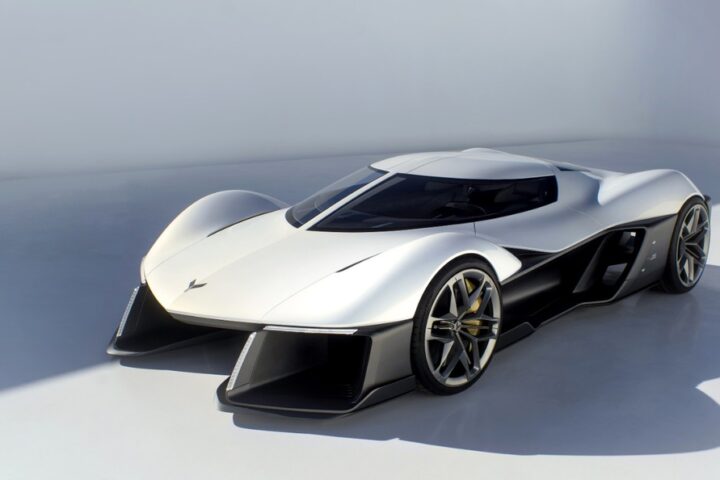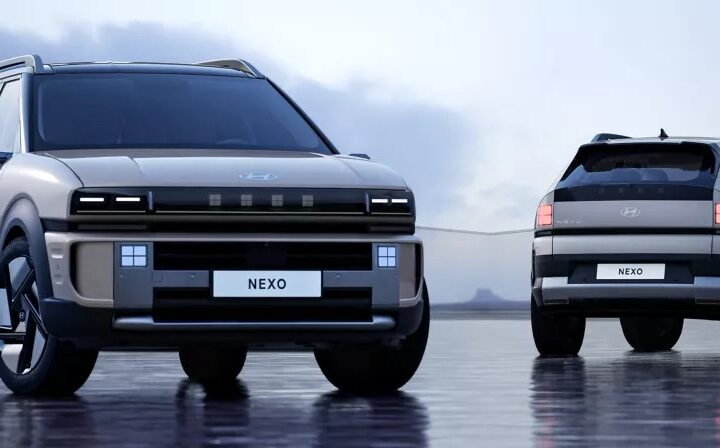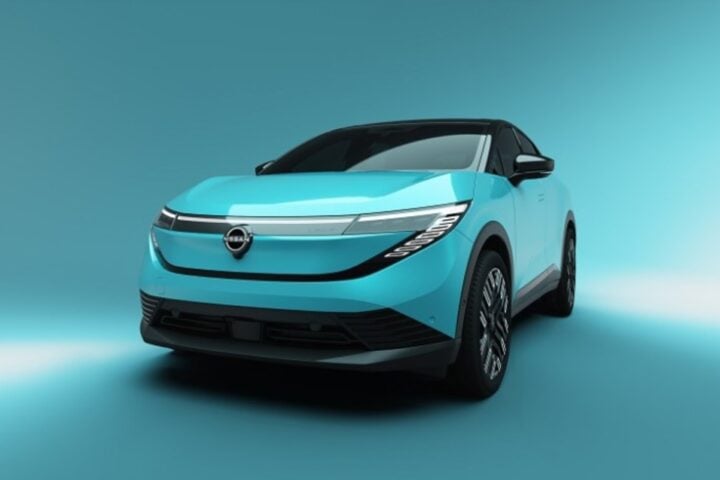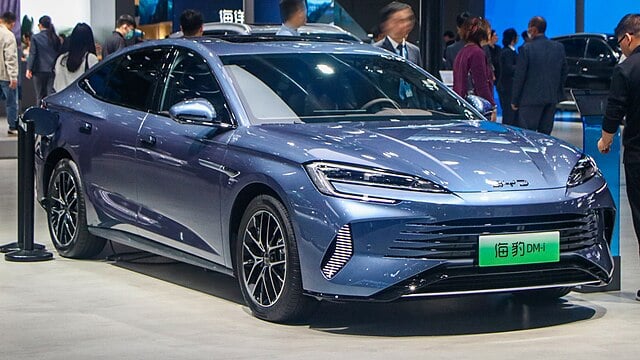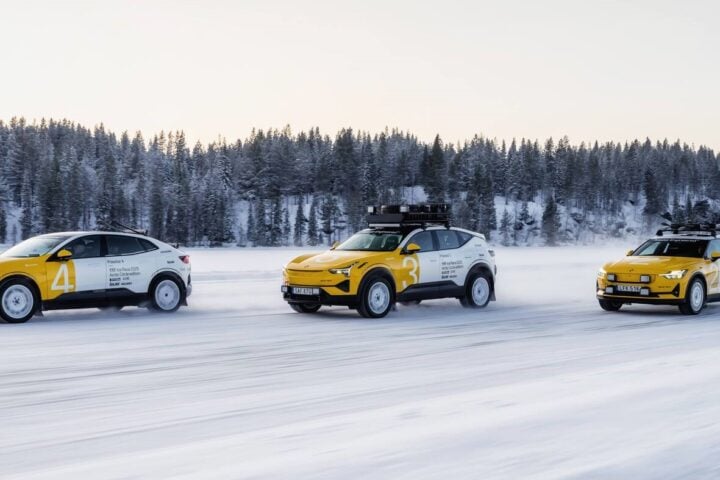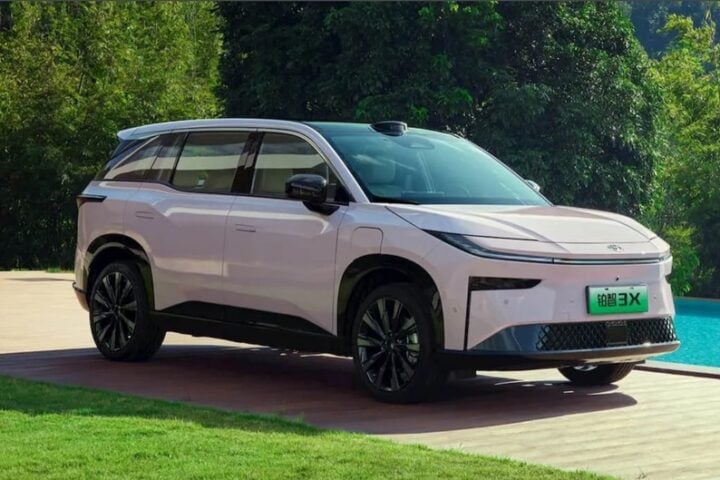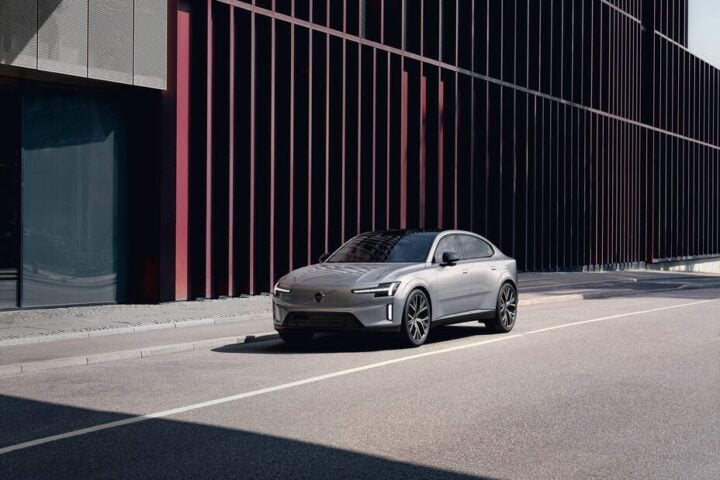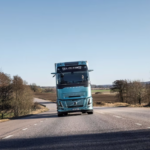In the high-voltage race to electrify heavy transport, Windrose Technology emerges as a curious hybrid – a Chinese-born startup with global ambitions that’s deliberately blurring its national identity. “I would describe it as Chinese origin,” founder Wen Han told reporters when pressed about his company’s nationality. That careful phrasing speaks volumes about the tightrope Windrose walks in today’s fractured trade landscape.
Founded by 34-year-old Stanford MBA graduate Han, who previously cut his teeth at autonomous trucking firm Plus and Bridgewater Associates, Windrose is banking on a bold gambit: leveraging China’s EV manufacturing muscle while establishing assembly footholds in Western markets to sidestep tariff barriers.
Manufacturing Footprint: The Three-Continent Strategy
Windrose’s global production blueprint hinges on a pragmatic division of labor. Core components – including the 729 kWh battery packs sourced from Chinese manufacturer CALB – will remain China-based for cost advantages, while final assembly shifts to key markets.
The Georgia facility, slated for operation by 2025, represents Windrose’s initial U.S. beachhead. Here, Chinese-manufactured chassis and components will be assembled into Class 8 electric semis for American buyers. Curiously, Savannah Economic Development Authority officials have stated they have no involvement with the project, raising questions about site selection and permitting processes. Georgia’s 2024 law restricting Chinese land purchases adds another layer of complexity to Windrose’s plans.
In Europe, Belgium forms the second pillar of Windrose’s global strategy, with Antwerp selected for both headquarters relocation and factory operations. Han cites Belgium’s position as a logistics hub as decisive factors. A third assembly plant is targeted for France, with each facility housing dedicated R&D teams to adapt the Chinese supply chain for regional requirements.
By year-end 2027, Windrose aims to produce 10,000 trucks annually. The current reality is more modest – just 13 trucks operational globally as of October 2024, with 12 in China and one each in the U.S. and Europe.
Powering Growth: Funding Surge and Wall Street Ambitions
Windrose has substantially upped its financial targets, doubling its IPO goal to $400 million with a New York listing planned for 2025. A secondary listing in Brussels may follow. “We are going against trend,” said Wen Han while claiming to be undaunted by the anti-dumping actions of the Western markets. “We are coming full speed into European markets, opening up production and investing in local people. We have a standing order for almost 5,000 trucks in the US and will start delivering next year. We also plan to list in the US.”
The company recently secured $110 million in Series B funding, with part of it structured as debt from HSBC. Its investor mix reflects Han’s global balancing act, including Australian property developer Goodman Group (which is collaborating on charging infrastructure), U.S.-based HITE Hedge Asset Management (focused on energy transition investments), and Chinese logistics firm Rokin.
Tech Specs: Battery Brawn at Budget Pricing
The numbers tell a compelling story for fleet operators watching their bottom lines. Windrose trucks pack a 729 kWh battery enabling 670 km (418 miles) of range when fully loaded at 49 metric tons – specifications that position them directly against Tesla’s Semi at the same price. Also, they are a level above Daimler eActros. The critical difference? Price point. At $250,000, Windrose trucks cost half what customers pay for Daimler’s eActros 600, which offers less battery capacity (600 kWh) and shorter range (500 km).
This value proposition has apparently struck a chord. Windrose reports 6,400 non-binding pre-orders, the majority of them from U.S. clients, including Nike and Decathlon. “The U.S. market is friendly towards Chinese heavy electric trucks based on the fact that the tariffs on imported trucks are much lower than those on cars,” CEO Wen said.
Similar Posts
Standardization Over Customization
While legacy manufacturers like Daimler customize trucks for regional preferences, Windrose is adopting a standardized global product manufactured at scale. This approach extends to production methods, with Windrose outsourcing manufacturing to established Chinese automakers Anhui Jianghuai and Higer Bus, contrasting with competitors who maintain in-house production.
“…our goal is to make Transportation or Trucking uh both cleaner and actually cheaper at the same time,” Han explains, highlighting the efficiency advantages this strategy brings. The approach mirrors practices honed in China’s domestic market, where EV adoption has accelerated rapidly – with 230,000 zero-emission trucks and buses sold in China in 2024 alone.
Navigating Geopolitical Currents
Windrose’s expansion strategy reflects the fragmented reality of today’s global trade environment. U.S. tariffs on Chinese vehicles create significant barriers, but commercial trucks face lower rates than passenger cars – a regulatory gap Han aims to exploit. Still, obtaining U.S. safety certifications remains a hurdle, with Han projecting approvals by late 2025.
In Europe, recent EU tariffs on Chinese EVs (reaching up to 38.1%) primarily target passenger vehicles, creating a potential opening for commercial transport. Windrose’s bet: heavy trucks will face lighter scrutiny.
The company’s neutrality strategy extends beyond headquarters location to ownership structure. ‘Global shareholder diversity’ has become a strategic asset, with Han emphasizing U.S. and European investors to mitigate distrust of Chinese firms.
Charging Forward: Infrastructure Partnerships
Recognizing that battery range alone won’t drive adoption, Windrose is developing fast-charging infrastructure through partnerships with Goodman Group to install stations at logistics properties. The company is also testing megawatt charging systems with Sinexcel to address the practical challenges fleet operators face.
Pilot programs with Decathlon and Rokin Logistics focus on creating tailored solutions for specific logistics needs, acknowledging that the shift to electric requires rethinking traditional transport models.
The Competitive Landscape
Windrose faces formidable rivals with established reputations. Tesla’s Semi offers longer range (800 km) at the same cost and with larger production scale. Daimler’s eActros 600 commands premium pricing (approx. $500,000) despite lower battery capacity. In China’s domestic market, DeepWay (backed by Baidu) competes for the same fleet operators that Windrose targets.
The competitive equation is further complicated by each player’s manufacturing approach. While Daimler maintains tight control over production, Windrose’s outsourced model trades quality control for cost efficiency and scale – a gamble on what fleet operators will prioritize.
The Road Ahead: Challenges and Opportunities
Despite ambitious plans, Windrose has yet to begin mass production, with deliveries scheduled to start in late 2025. Regulatory approvals, charging infrastructure limitations, and potential shifts in the geopolitical landscape all pose significant risks.
Han remains undeterred. “China doesn’t have to be America’s enemy forever,” he insists, reflecting both personal conviction and business pragmatism. His vision – leveraging Chinese manufacturing efficiencies while adapting to Western markets through local assembly – may prove prescient as the electric transition accelerates.
For fleet operators, investors, and industry watchers, Windrose represents more than another EV startup. It’s a test case for whether global supply chains can function in an increasingly fragmented world, and whether Chinese manufacturing advantages can be successfully transplanted to Western markets despite rising trade barriers. The answer will shape not just Windrose’s future, but potentially the pace of commercial transport electrification worldwide.
